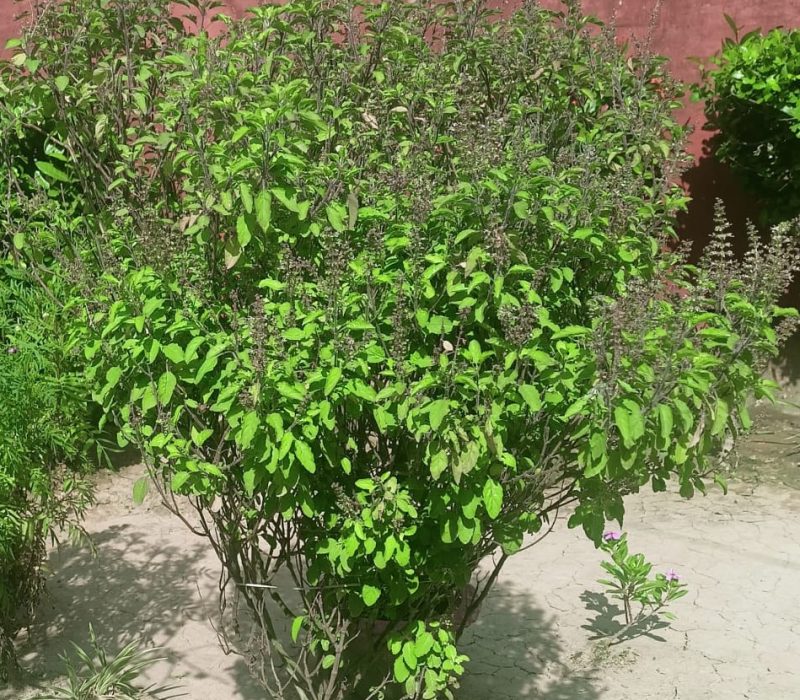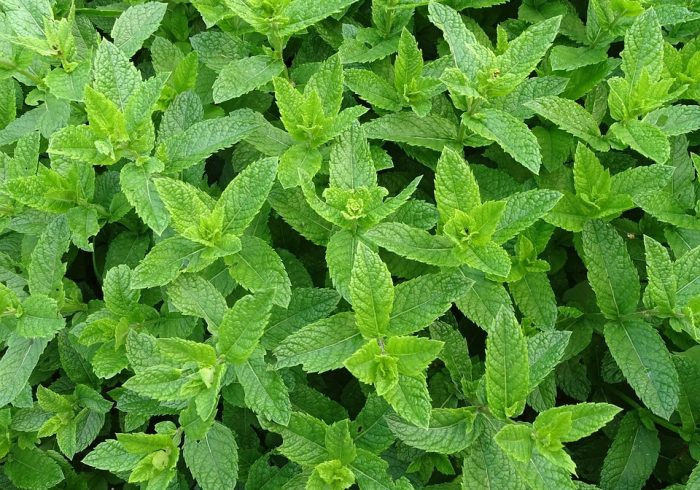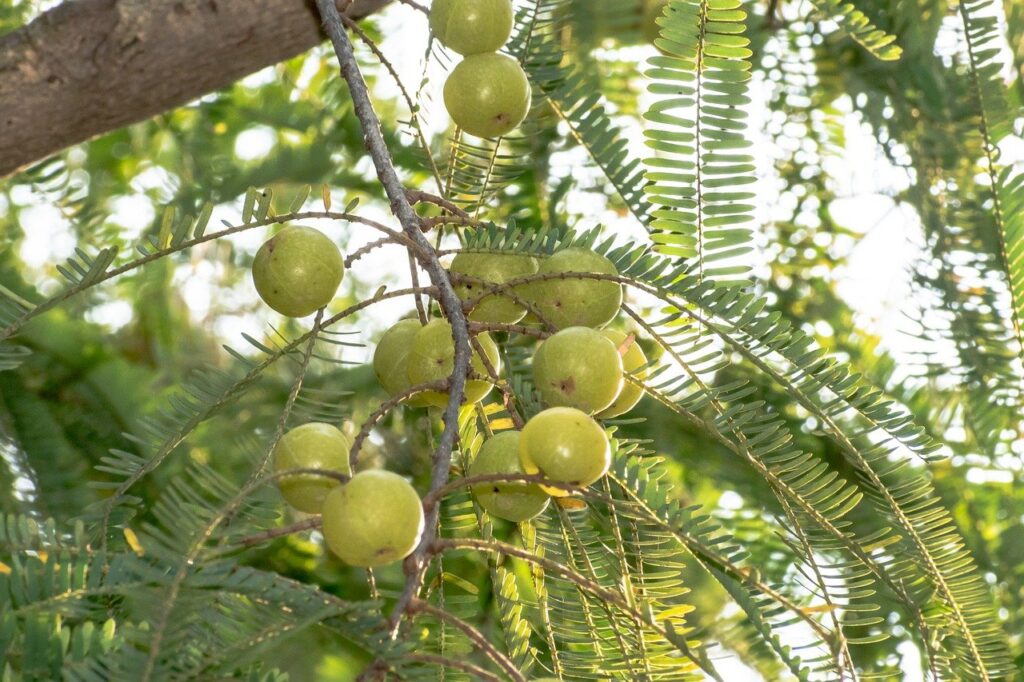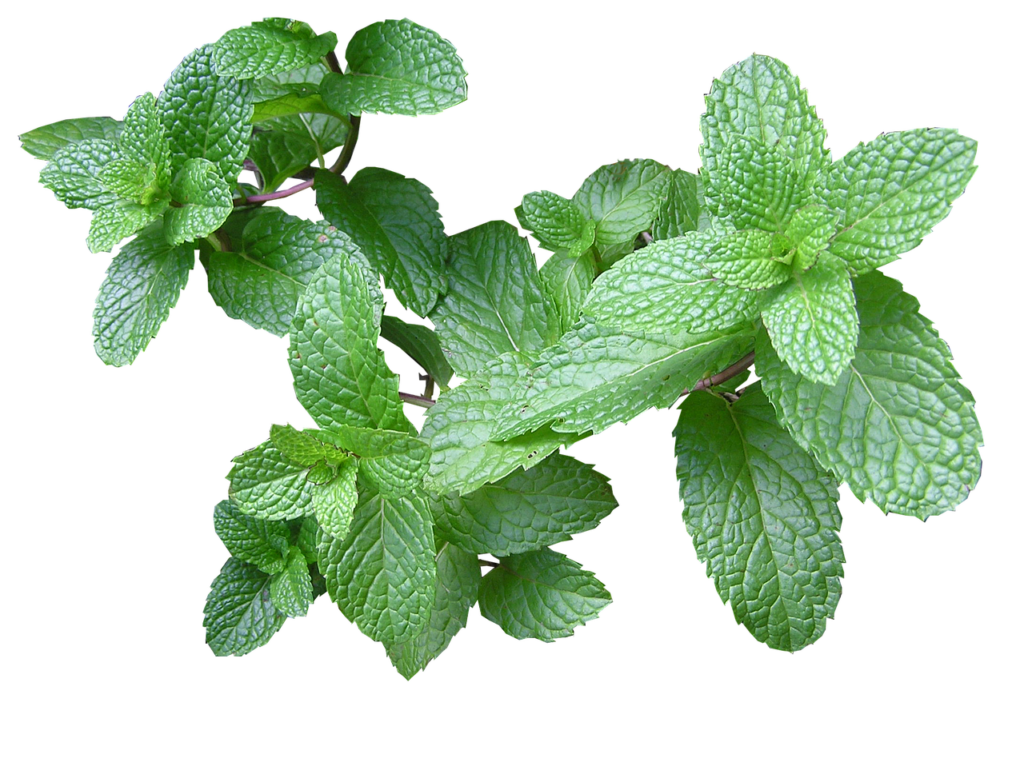Introduction
Herbs have been part of traditional healing for centuries. The good news is—you don’t need a large garden or fancy tools to grow them. With just a few pots on your balcony or a small patch in your yard, you can create your own green pharmacy. In this guide, let’s explore five powerful medicinal herbs to grow at home and how they can support you to live a healthy and better life.

1. Tulsi (Holy Basil)-One of the Best Medicinal Herbs to Grow at Home
Health Benefits of Tulsi as a Medicinal Herb:
Tulsi, often called the Queen of Herbs, is widely used in Ayurveda.
Boosts Immunity – Strengthens your body’s defense system.
Relieves Cough and Cold – Soothes sore throats and clears nasal passages.
Reduces Stress – Works as a natural adaptogen that calms the mind.
Fights Inflammation – Thanks to its anti-inflammatory compounds.
Supports Heart Health – Helps to manage blood pressure and cholesterol.
Moreover, Tulsi improves digestion, reduces bloating, and helps to detox the body.
How to Grow Tulsi at Home:
Sunlight: Requires 4–6 hours daily
Soil: Well-drained and rich in organic compost
Types: Rama (green), Krishna (purple), and Vana (wild)
Can be grown in pots or on the ground, but avoid waterlogging.
How to Use This Medicinal Herb at Home:
Add fresh leaves to herbal tea or kadha.
Chew 2–3 raw leaves daily.
Use during cough, fever, or seasonal flu.
2. Mint (Pudina): Cooling Medicinal Herb to Grow at Home
Health Benefits of Pudina for Home Use:
Mint or Pudina is one of the easiest medicinal herbs to grow at home, especially in warm weather.
Aids Digestion – Relieves gas, indigestion, and bloating.
Calms Headaches – Menthol in mint has a cooling effect.
Freshens Breath – Fights oral bacteria.
Reduces Nausea – Helps with motion sickness and stomach upset.
Boosts Immunity – Rich in antioxidants and anti-inflammatory agents.
In addition, Pudina is known to improve skin health and relieve sinus congestion.
Steps to Grow Mint:
Needs well-drained, moist soil
Prefers 3–4 hours of partial sunlight
Grows from stem cuttings or root divisions
Water regularly, but do not overwater
Prune often to prevent overgrowth
Common Uses of This Easy-to-Grow Medicinal Herb:
Add to chutneys, raitas, or salads
Drink herbal tea with fresh leaves
Crushed leaves can be applied on the skin to reduce itching
Make detox water with lemon and Pudina
3. Gotu Kola: A Brain-Boosting Medicinal Herb to Grow at Home
Benefits of Gotu Kola:
Gotu Kola is a popular brain-boosting herb. It is used in Ayurveda and traditional Chinese medicine.
Improves Memory & Brain Function – Enhances focus, learning, and calmness
Wound Healing & Skin Health – Promotes collagen and reduces scars
Supports Circulation – Helps with varicose veins and swelling
Anti-inflammatory & Antioxidant – Reduces oxidative stress
Calms the Nervous System – Acts as a mild sedative
As a result, it is often used for cognitive and skin-related wellness.
How to Grow:
Prefers warm, humid conditions with partial shade
Grows in rich, moist soil (not soggy)
Can be grown in pots or containers to prevent spreading
Grows from seeds, runners, or cuttings
Safe Ways to Use This Medicinal Herb at Home:
Eat 2–3 leaves raw daily (traditional in Sri Lanka)
Blend leaves for juice (drink in moderation)
Steep for herbal tea
Add to chutneys or salads
Safety Note: Use in moderation. Avoid during pregnancy or if you have liver conditions. Always consult a doctor if on medication.


4. Coriander (Dhania): Versatile Medicinal Herb to Grow at Home
Healing Benefits of Growing Dhania at Home:
Coriander is both a kitchen essential and a healing herb.
Aids Digestion – Reduces bloating and improves gut health
Rich in Antioxidants – Protects cells from damage
Lowers Blood Sugar – Contains compounds that support glucose control
Improves Skin – Antimicrobial effects may reduce acne
Supports Heart Health – Aids in cholesterol management
Boosts Immunity – High in vitamins C, A, and essential minerals
Not only that, coriander is highly versatile in cooking and natural remedies.
How to Grow Coriander- A Common Medicinal Herb:
Best planted in early spring or post-monsoon
Needs 5–6 hours of sunlight daily
Use loamy, well-drained soil
Soak seeds overnight before sowing
Keep soil moist but not soggy
Medicinal and Culinary Uses of Dhania:
Leaves: Add to soups, chutneys, and salads
Seeds: Use in curries, pickles, and masalas
Dhania water (boiled seeds) helps in relieving gas
Apply leaf paste to improve skin tone
5. Brahmi (Bacopa monnieri): One of the Best Medicinal Herbs to Grow at Home
Top Health Benefits of Brahmi for Home Use:
Brahmi is one of the top medicinal herbs to grow at home for brain health.
Boosts Memory – Improves attention, learning, and clarity
Reduces Stress & Anxiety – Balances stress hormones
Supports Nervous System – Helps improve sleep
Improves Skin Health – Fights inflammation and premature aging
Enhances Hair Growth – Strengthens roots and reduces dandruff
Indeed, it’s a powerful adaptogen for both mind and body.
How to Grow Brahmi in Your Green Pharmacy:
Prefers warm, humid weather
Requires moist, loamy soil or shallow water
Thrives in pots or near water bodies
Use stem cuttings with 4–5 nodes
Sunlight and frequent watering are essential
Trim regularly to prevent drying and overgrowth
How to Use Brahmi- A Powerful Medicinal Herb at Home:
Chew fresh leaves or add to salads
Drink Brahmi tea (boil leaves 5–10 mins)
Mix Brahmi powder with milk or warm water
Apply Brahmi oil to scalp
Use capsules or syrup under medical supervision
Conclusion: Why You Should Grow Medicinal Herbs at Home
To sum up, you don’t need much space to grow powerful healing plants. Whether it’s Tulsi for immunity, Mint for cooling relief, or Brahmi for mental focus, these are truly the best medicinal herbs to grow at home. With a little care and love, your kitchen garden can become your personal wellness pharmacy.
> Tip: Always wash herbs before using. Start small, stay consistent, and enjoy the joy of healing through nature!


